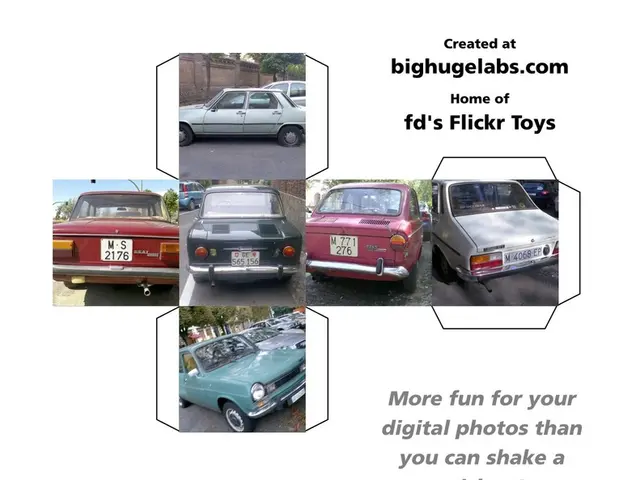Modify Lawnmower Engine with Hot Bulb and Diesel Technique
Helluva hack, y'all! If you ain't checkin' out Robot Cantina, you're missin' out, son. In this video, they tear into a Tecumseh lawnmower and transform it into a hot bulb engine that'll chug diesel fuel (or whatever you got on hand) like a champ. (Check out the video below, if you're the curious type.)
The key to this bad boy is a pile of anti-fouling adapters - essentially tubes that kinda move the spark plug outta the burn chamber, keepin' it clean when the engine's burnin' too much oil. Here, Robot Cantina stacks seven of these babies, creatin' a hot bulb volume that stays juuuuust warm enough between blasts to ignite the fuel-air mix all by its lonesome.
Hot bulb engines were kind of a thing back in the day, wowwww, all the way till Diesel himself made his eponymous engine obsolete - some time post-WW2.
Now, traditional hot bulb engines needed a torch to heat the hot bulb and get things goin'. In this mod, they fire the engine with good ol' gasoline, spark plug and all, then unplug it once the hot bulb hits the right temp. Considerin' how rough the engine runs till the ersatz hot bulb cranks up the heat, maybe the old torch method ain't such a bad idea, ya know? Even once warmed up, the combustion chamber gets a little chaotic (probably knockin') and fucks up the spark plug placement at one point.
Despite the engine holdin' up after a day's tests, this is def not the kind of hack you'd want to do on a motor you intend to keep, or run for too long, for that matter. Still, it's kindof cool to go back in time and revisit hot-bulb engine tech with such a simple mod. Watchin' this machine pop and snarl while it drinks through diesel, acetone, or 190 proof alcohol is like watchin' a dancin' bear - not exactly graceful, but that it dances at all is the point. If you can't get enough, they made a second video featuring more fuel-testin' fun and even a mowin' montage!
We've featured other hacks from Robot Cantina, like hackin' an old Saturn's ECU to allow for Honda Insight-style lean burnin', or buildin' a DIY dynomometer for similar small engines.
In case you're interested, here's a bit of extra info about this engine mod:
- Technical Details: The engine conversion uses a stack of anti-fouling adapters to create a hot bulb volume outside the combustion chamber. This hot bulb retains heat between cycles, auto-ignitin' the diesel or alternate fuel.
- Engine Flexibility: The modified engine can run on diesel, acetone, alcohol, or other alternative fuels, not just gasoline. However, the engine can be rough and unreliable during startup until the hot bulb reaches the right heat.
- Safety Concerns: The hack presents significant safety risks, such as unstable combustion, mechanical failure, fire hazards, and exposure to toxic fumes. These issues make such modifications unsuitable for practical or routine use outside experimental or educational settings.
- The DIY hot bulb engine mod featured by Robot Cantina in their latest video can be powered by various fuels, including diesel, acetone, alcohol, or whatever is available.
- Despite the engine's robustness after a day of testing, the Hot Bulb engine hack, as shown by Robot Cantina, is not recommended for practical use on a motor intended for long-term operation due to its unstable combustion, potential mechanical failure, fire hazards, and exposure to toxic fumes.
- The technological wonders showcased at Robot Cantina range from hacking an old Saturn's ECU for Honda Insight-style lean burning, to building a DIY dynamometer for similar small engines, demonstrating their expertise in the automotive and technology industry.
- In terms of technicalities, the hot bulb engine conversion utilizes a stack of anti-fouling adapters to produce a hot bulb that retains heat between cycles, allowing for self-ignition of the diesel or alternative fuel.
- The mainstream finance and transportation industries may find little use for this experimental DIY gadget, as it operates outside the norms and safety standards of conventional engines, but it offers an fascinating glimpse into the history of engine technology.







